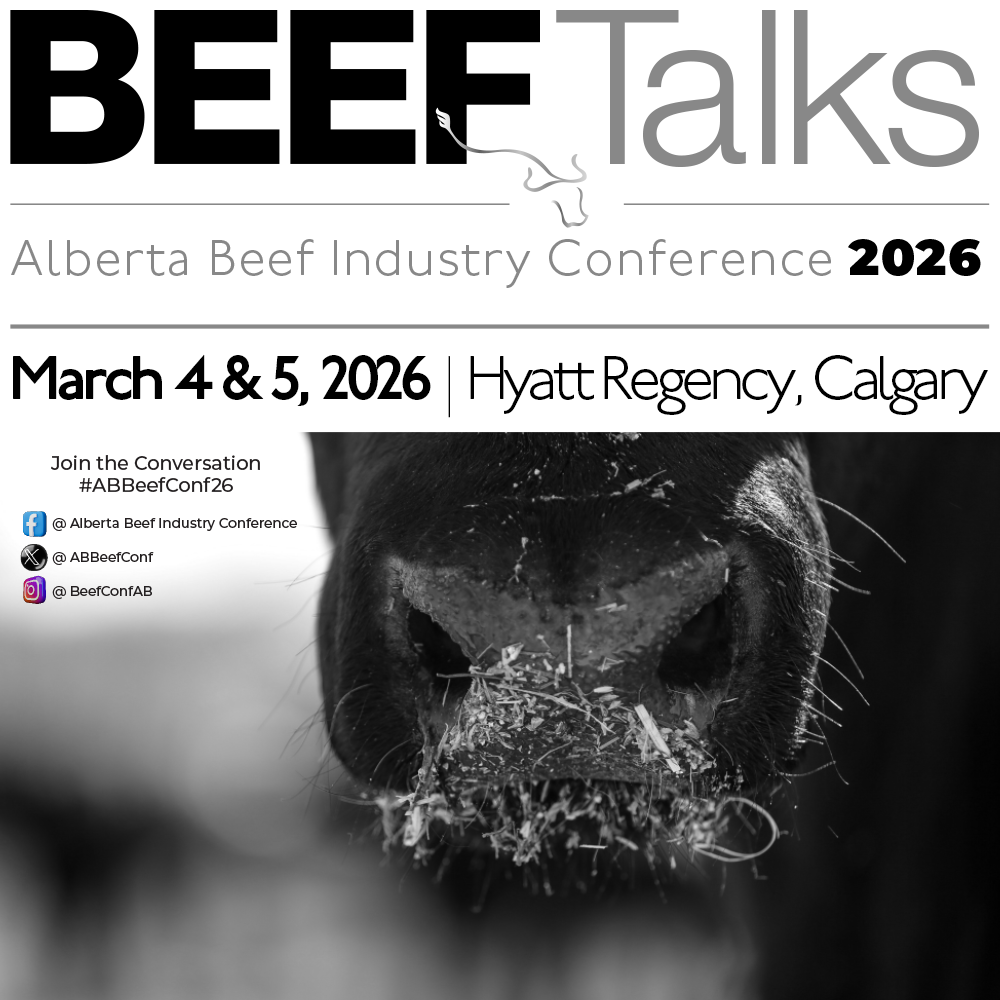AB Direct - Steers
Rail: 492.00-493.50 FOB feedlot (last week)
AB Direct - Heifers
Rail: 492.00-493.50 FOB feedlot (last week)
US Trade- Steers
Rail: 355.00-363.00 (IA, NE) last week
US Trade - Heifers
Rail: 355.00-363.00 (IA, NE) last week
Canadian Dollar
0.19
Federal government announces new methane emission reduction incentive
Against the backdrop of Food and Agriculture Day at COP28 — as world leaders convened to deliberate on sustainable solutions — the Government of Canada announced a new economic incentive intended to reduce methane emissions from beef cattle.
Under Canada’s Greenhouse Gas Offset Credit System, Environment and Climate Change Canada published a draft fourth protocol, called Reducing Enteric Methane Emissions from Beef Cattle (REME protocol). According to the government, this protocol will incentivize farmers to implement changes that would reduce enteric methane emissions from their beef cattle operations with an opportunity to generate offset credit they can sell.
The REME protocol is set to encourage beef cattle farms to reduce enteric methane emissions by improving animal diets, management, and other strategies that support more efficient animal growth. Each credit represents one tonne of emission reductions. According to the protocol, credits can be sold to facilities that will use them to meet emissions reduction obligations, or to other businesses to meet their low-carbon economy commitments.
The Government of Canada says they are working closely with provinces and territories that have shown leadership in agricultural environmental action to incorporate best practices, and build on their experience. For example, they say the draft REME protocol was informed by Alberta’s offset protocol on reducing greenhouse gas emissions from fed cattle.
“Canada’s farmers and ranchers care deeply about the environment and want to be part of the solution to climate change,” says Lawrence MacAulay, Minister of Agriculture and Agri-Food Canada. “This initiative would ensure our ranchers benefit from the methane emissions reductions they achieve from their herds — that’s a win for the environment, and for farmers. By working together with our farmers and ranchers, we can drive economic growth, keep the sector competitive, and put more money back into the pockets of our farmers, all while fighting climate change.”
The government intends to publish the final protocol in the summer of 2024.


